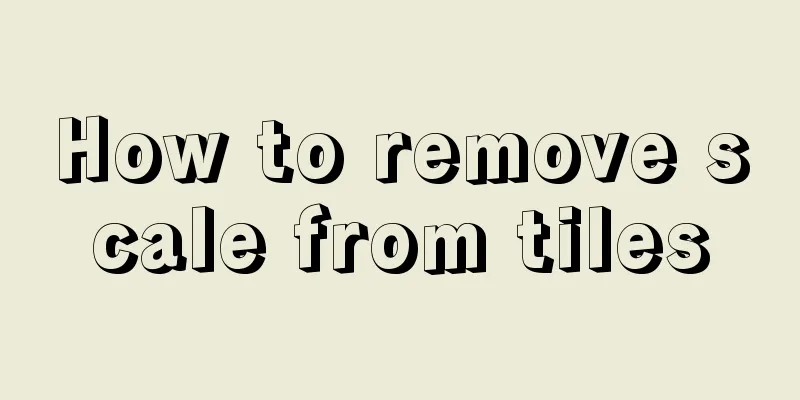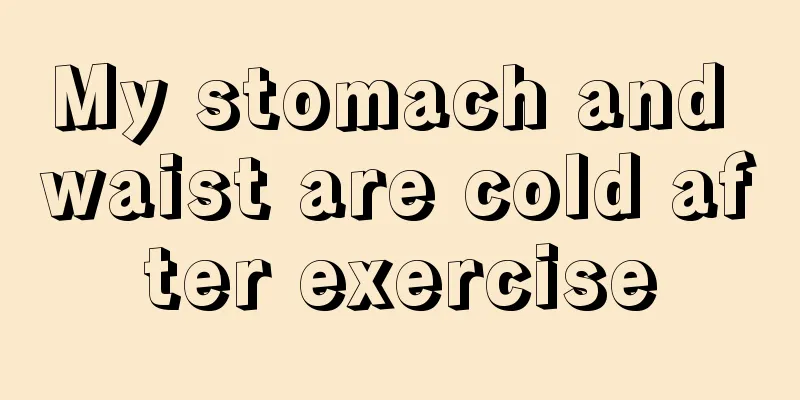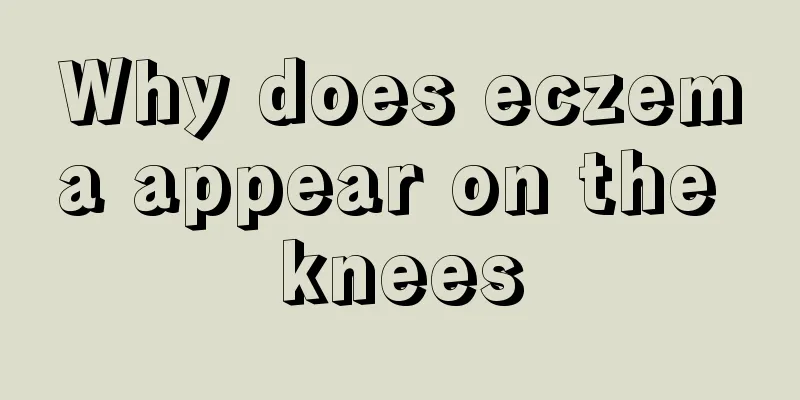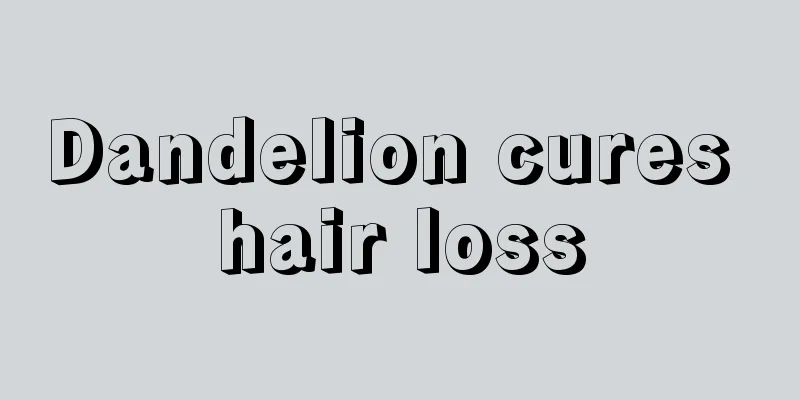How to do an esophagoscopy

|
Esophagoscopy is a means of examination that can achieve a therapeutic and conditioning effect on many patients who have difficulty swallowing and who recently feel abnormal lesions in the esophagus. However, everyone should note that esophagoscopy is not suitable for patients with severe hypertension, heart disease and heart failure, and should also be used with caution for those with some tumor oppression. 3 Indications Fiberoptic esophagoscopy is suitable for: 1. Patients with dysphagia or esophageal obstruction. 2. Patients suspected of esophageal cancer by X-ray barium meal examination. Patients with local external pressure in the esophagus found during X-ray barium meal examination. 4. For patients who have undergone radiotherapy or surgical resection for esophageal cancer, if recurrence is suspected, it can be confirmed through microscopic examination. 4 Contraindications 1. People with severe hypertension, heart disease, or cardiopulmonary insufficiency. 2. Aortic aneurysm compresses the esophagus. If the lesion at the entrance of the esophagus has caused obstruction and the endoscope cannot pass through, making observation difficult, consider using a rigid esophagoscopy. 4. Use with caution in patients with esophageal perforation caused by sharp foreign objects or malignant lesions, as fiberoptic microscopy requires inflation with water, which can easily aggravate mediastinal infection. 5 Anesthesia and body positioning 1. Anesthesia is mainly local anesthesia. Use 2-3 ml of 1% tetracaine and spray it on the pharyngeal mucosa. Ask the patient to hold the liquid in his mouth and not spit it out. Spray again after an interval of about 3 minutes. The anesthetic effect can be achieved after 3 to 5 times. Finally, swallow the medicine. 2. Position: After anesthesia, the patient lies on his left side with his legs naturally bent and his whole body relaxed. 6 Surgical steps 1. The operator should first check whether the functions of the fiberscope light source, suction, air blowing, water injection and adjustment knob are normal. Then stand at the patient's head end, facing the patient, and ask the patient to gently bite the dental pad with the hole. The operator holds the operating part of the mirror with his left hand; with his right hand, bend the lens into an arc shape and send it into the mouth through the hole of the dental pad. 2. Adjust the lower knob to straighten the lens, and gently push it downward along the posterior wall of the pharynx, observing as you advance, until you reach the esophageal opening in the hypopharynx, slightly apply pressure to the lens, and when the esophageal opening opens or the patient swallows, the lens can smoothly enter the esophageal cavity. |
<<: The efficacy and function of Loma
>>: The functions and effects of Qiqi buds
Recommend
Will poor digestion cause weight gain? Tell you at 4 o'clock
Poor digestion is very common. It may be due to d...
What are the performance of radiofrequency ablation needles?
The electrical frequency of the radiofrequency ab...
Sequelae of returning from the plateau
Most of us now live in relatively low-lying areas...
Massage method for ingrown tympanic membrane
The outpatient doctor can tell at a glance and th...
How does a person change himself
In our lives, many people think that they have ma...
What is the cause of perianal itching and moisture
Perianal itching and dampness is a common disease...
How to distinguish between spots and freckles?
In fact, in life, many people are easily affected...
Taboos after rhinoplasty with prosthesis
Many people are attracted by Western aesthetic vi...
How long does it take to treat stage 3 nasopharyngeal carcinoma
How long does it take to treat stage 3 nasopharyn...
The real cause of laryngeal cancer
According to experts, laryngeal cancer is common ...
The most effective method to relieve cough and reduce phlegm
Everyone has experienced coughing. Although it is...
Increased texture in the lower part of both lungs
In daily life, many people suffer from respirator...
What to do if throat inflammation is accompanied by cough
The throat is a very important part of the body. ...
What are the complications of pancreatic cancer
What are the complications caused by pancreatic c...
Dizziness and fatigue in early pregnancy
Pregnancy is a great yet difficult process. Pregn...









